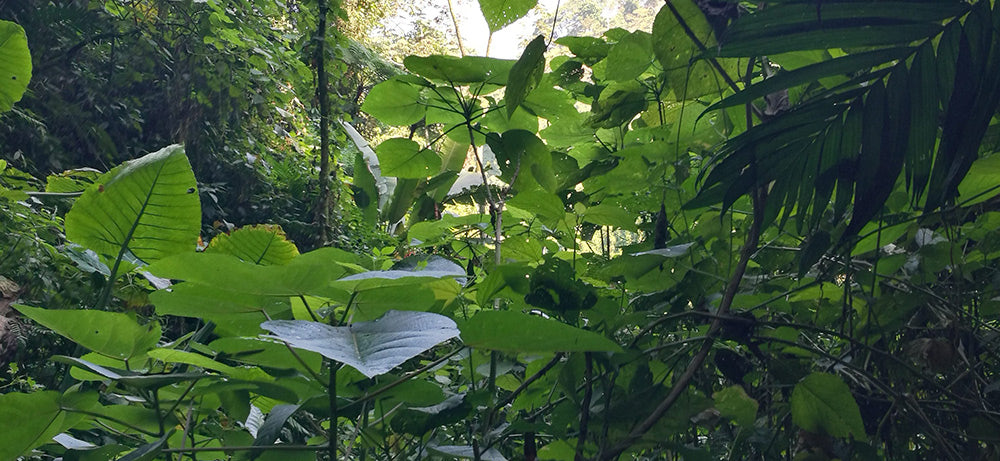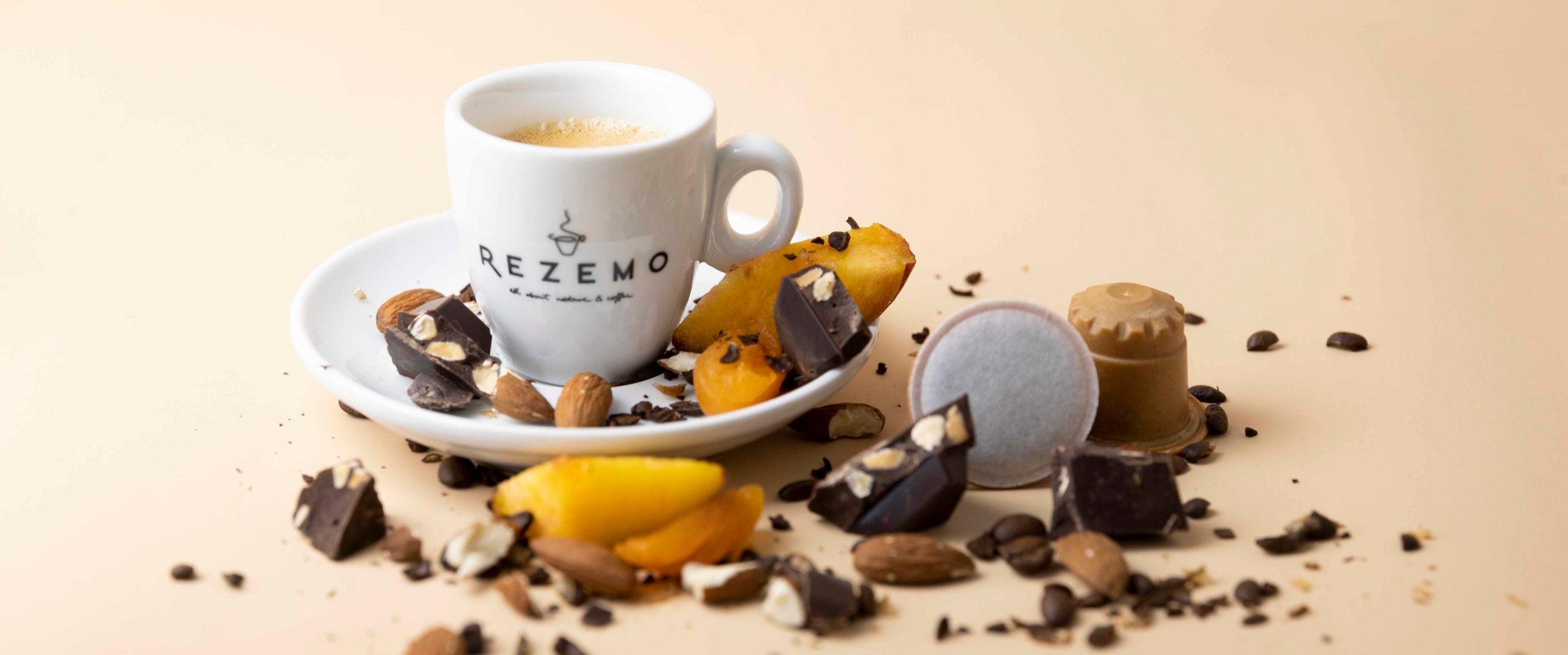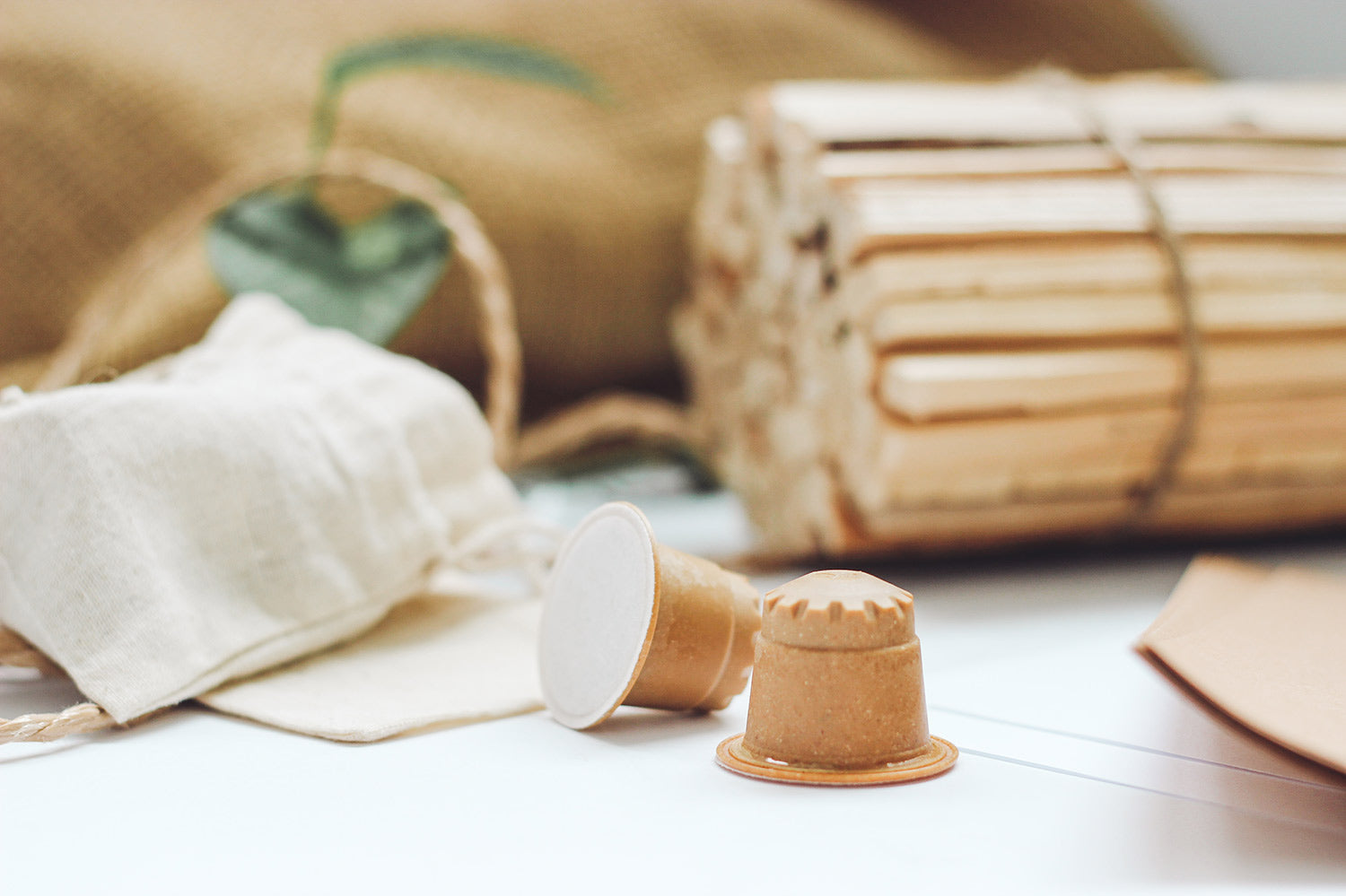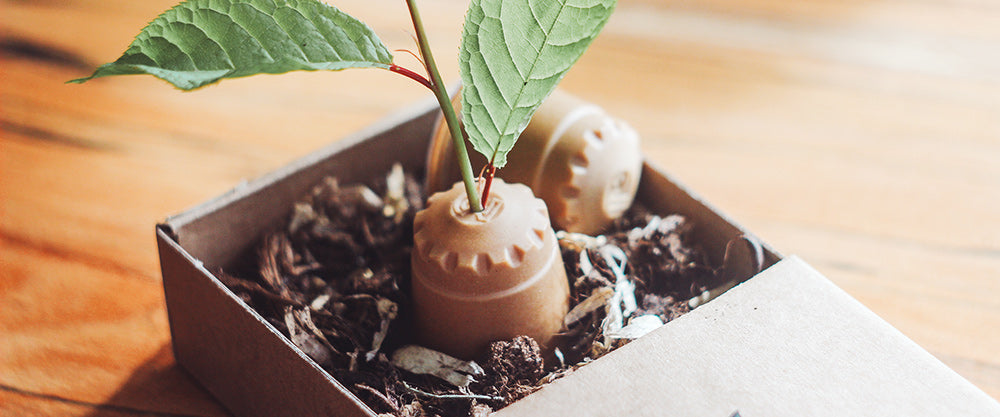
Perspective in the Coffee Jungle
Tips for recognizing high quality coffee
Coffee is the favorite drink worldwide and is available everywhere. With the flood of different coffee brands, types of coffee and seals, it is often difficult to recognize which coffee is of high quality and which is not. In this blog we want to show you how you can better find your way through the coffee jungle.
What makes coffee so special?
A good coffee is obviously expressed in its taste, although this is perceived differently from person to person and also changes over the years.
Nevertheless, there is a great need for objective approaches to assessing coffee taste. In this context, the ISO "Organization for Standardization" has defined certain framework conditions that are intended to make good coffee taste and quality more likely from an objective point of view.
This includes:
- the type of coffee,
- the climate,
- the ground,
- the bean quality,
- post-harvest processing,
- the type of blend of coffee beans,
- roasting and,
- Storage.
The chemical composition of the coffee bean is also said to be of great importance. This means that the origin and genes of the coffee plant alone affect the taste of the coffee. Ultimately, the duration and intensity of the coffee roasting process produce the aromas of the coffee and give it its special taste. [1]
In summary, the subjective taste perception of each individual is based on certain objective conditions that determine whether a coffee tastes good or not.
How the environmental conditions of the coffee plant influence the coffee taste
To recognize coffee quality, you must first understand the complexity of the environmental influences on the coffee plant. Coffee bushes require a lot of care and require constant watering and fertilization. There are limited opportunities to grow coffee plants worldwide, as the coffee plant is easily damaged by frost and therefore requires constant, warm temperatures. Changes in temperature or UV sunlight already affect the taste of the fruit. During the growth and ripening phase of the beans, the climate, altitude and shade play an important role due to temperature and the availability of light. The soil quality also affects the taste of the bean. For example, the most acidic coffees are grown on rich volcanic soils.
Differences between Arabica and Robusta coffee beans
The specific conditions for growing the coffee plant depend primarily on the type of coffee bean. The most common types of coffee are Arabica and Robusta beans, which differ mainly in that Arabica beans require more rainfall and cooler temperatures than Robusta beans. While Arabica coffee grows at medium to high altitudes (1000m to 2100m) and requires partial shade, Robusta coffee prefers a hot and humid climate between 22° and 26° at lower altitudes. This shows that there is not "just one type of coffee", but rather only the fulfillment of the cultivation conditions of the respective variety determines the quality.
From harvest to green coffee
Since irregular flowering is common throughout the year and even fruits from the same plant ripen at different times, the fruits should be harvested by hand. The pulp is then removed and, as with our Edition 5, fermented, washed and dried in the sun in a laborious and time-consuming process . This green coffee is later processed in the roasteries.
What does this mean for me as a consumer?
Consumers usually pay attention to the following aspects when buying coffee: quality, ecology, fairness and price. Accordingly, efforts are being made to create independent evaluation systems for coffee standards. While the ISO focuses on evaluation factors for good coffee taste, some organizations set other goals and priorities, for example to pursue social and ecological standards. This is done through certification programs that are intended to assure consumers that these goals are met.
FairTrade
According to Stiftung Warentest, the seal best known among consumers is that of FairTrade, which includes the following efforts:
- a fixed Fairtrade minimum price,
- a surcharge for organically grown products,
- a Fairtrade premium for community projects,
- the prohibition of illegal child and forced labour and
- the prohibition of discrimination. [2]
Rainforest Alliance
Another seal is that of the Rainforest Alliance. It sets goals for:
- Preservation of existing ecosystems and reforestation,
- species protection,
- water protection,
- occupational safety,
- soil protection and improvement of soil quality,
- reducing the use of agrochemicals,
- Reduction and recycling of waste. [3]
The organic seal
Organic seals are particularly relevant in Germany when it comes to organically grown food. Organic standards in the food industry, including the coffee industry, are handled and monitored with varying degrees of strictness. There are various types of requirements for an organic seal, which are set by the respective organizations or associations. For example, Demeter is one of the stricter organic seals compared to the EU organic, Naturland or Bioland seals.
Organic cultivation of coffee beans generally means:
- preservation of mixed cultures,
- Hand-picked harvest,
- Use of shade trees,
- No large plantations,
- Avoidance of pesticides and artificial fertilizers. [4] [5]
Only products that are certified at all stages of the value chain, i.e. cultivation, processing, transport, storage and trade, are allowed to display an organic seal. Certifications are carried out by independent testing bodies and are usually audited annually.
criticism
For those involved in the value chain, from coffee farmers to retailers, there are sometimes significant costs associated with certification and testing in connection with the certification of their products. This is often associated with higher prices for the consumer. Whether the coffee farmer benefits from this ultimately depends on the volume of coffee sold. In fact, the demand for certified coffee is not yet very high.
Conversely, coffee farmers can produce organically grown coffee, but can avoid the certification costs or cannot afford them. Certifications generally cannot make any valid statements about the quality of the coffee. For example, the genetic factors of the coffee plant and the processing technology are often not included in the seals.
Because of their specialization, the seals can only meet limited requirements and can only partially relieve the consumer of the work of an independent assessment. There is still no seal that comprehensively and transparently reflects quality, ecology and fairness. For this reason, you should be careful when looking at the seals, as the seals only offer you a false sense of security.
Get informed
That's why we at rezemo advise you, as a consumer, to inform yourself sufficiently about the conditions of coffee cultivation, as this is ultimately the most informative factor for the quality of the coffee. For this reason, it is important to us that we know exactly where and how our coffee is grown, as you can find out in more detail in the Edition 4 blog, for example. With us, you can be sure that our coffee in the rezemo coffee capsule contains the highest quality coffee.
Sources:
[1] LEROY, Thierry et al. (2006). Genetics of coffee quality. Braz. J. Plant Physiol. [online]. Vol.18, n.1, pp.229-242. [Last accessed: 26.01.2021] via <http://www.scielo.br/scielo.php?script=sci_arttext&pid=S1677-04202006000100016&lng=en&nrm=iso>. ISSN 1677-9452. https://doi.org/10.1590/S1677-04202006000100016.
[2] FairTrade (2021). Fair Trade Standards. [Last accessed: 26.01.2021], https://www.fairtrade-deutschland.de/was-ist-fairtrade/fairtrade-standards.
[3] Rainforest Alliance (2021). 2020 Certification Programme. [Last accessed: 26.01.2021], https://www.rainforest-alliance.org/business/tag/2020-certification-program/.
[4] European Commission (2021). Organic production and products. [Last accessed: 26.01.2021] via https://ec.europa.eu/info/food-farming-fisheries/farming/organic-farming/organic-production-and-products_en#relatedlinks.
[5] Naturland (2021). There are also differences in organic coffee. [Last accessed: January 26, 2021], https://www.naturland.de/de/naturland/naturland-international/250-presse-partner-2/1864-auch-bei-oeko-kaffee-gibt-es-unterschiede.html.
[a], [b] Romy Brunner (2019), this is an example of a coffee plantation and an example of the drying process of the coffee beans. There is no direct connection to the coffees used by rezemo GmbH.



